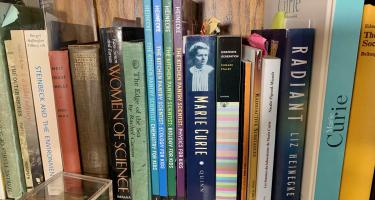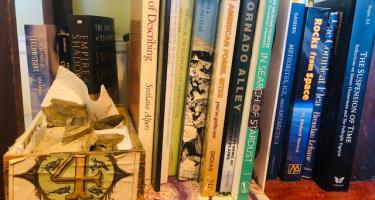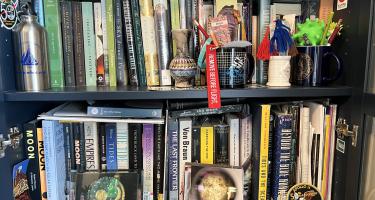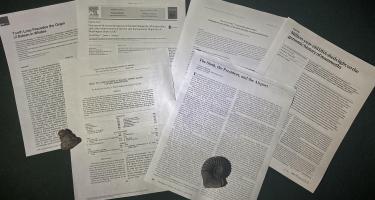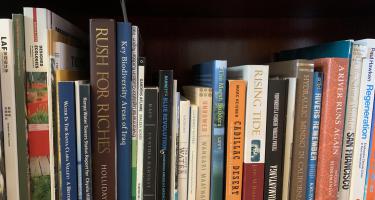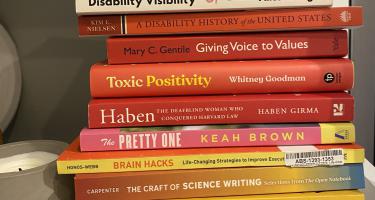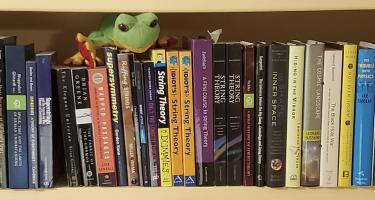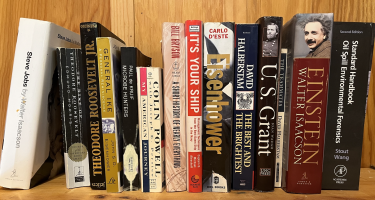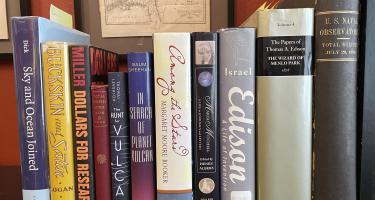
David Baron—American Eclipse: A Nation's Epic Race to Catch the Shadow of the Moon and Win the Glory of the World (Revised Edition)
On April 8, the moon’s shadow will sweep over North America from Mexico across Texas to New England into Canada. Some 32 million people will see a total eclipse. This “precious shared experience,” David Baron suggests in a new edition of American Eclipse: A Nation's Epic Race to Catch the Shadow of the Moon and Win the Glory of the World, may boost recognition of commonalities in our divided nation.
